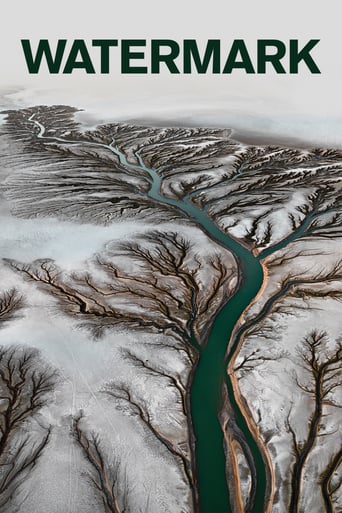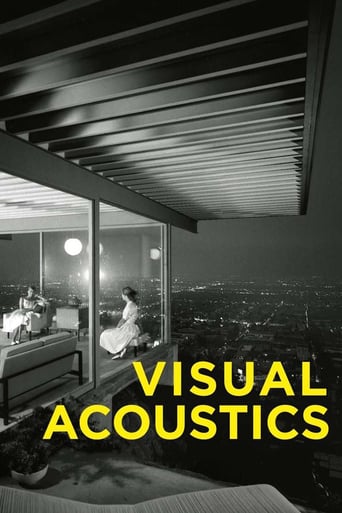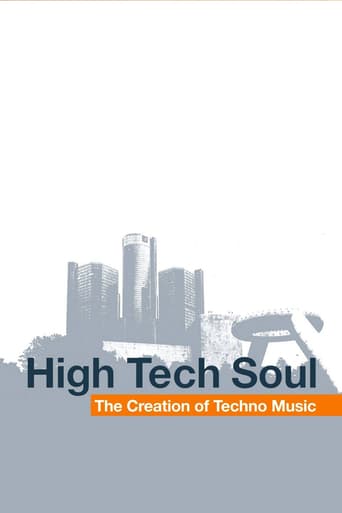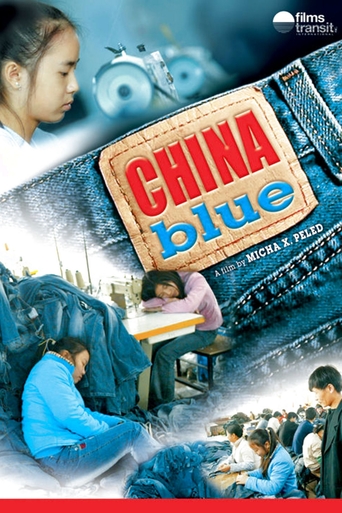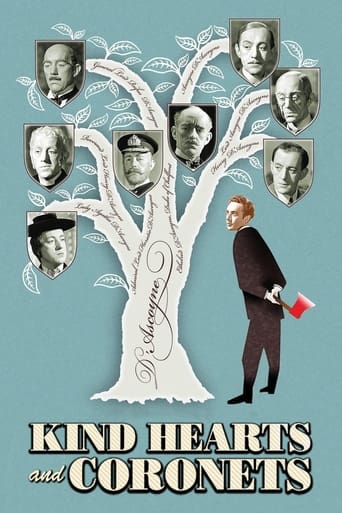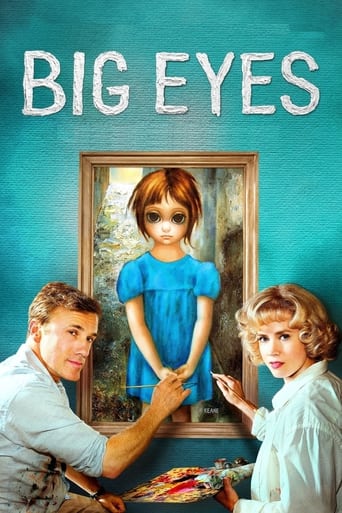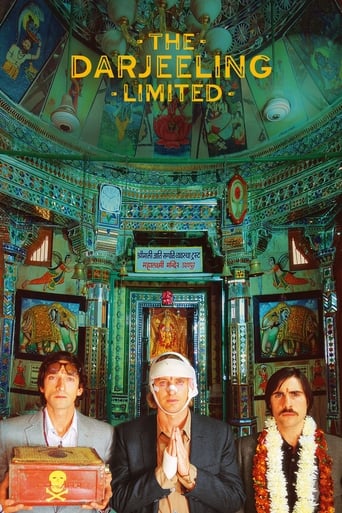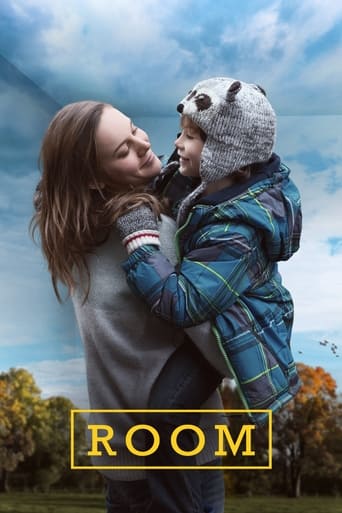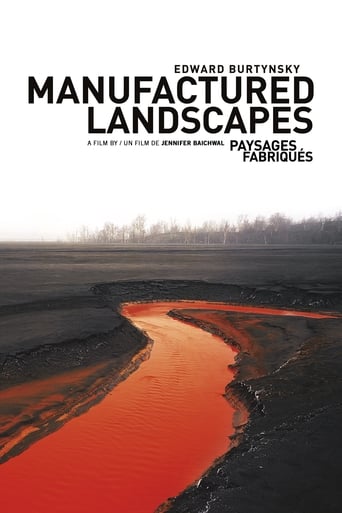


Manufactured Landscapes
MANUFACTURED LANDSCAPES is the striking new documentary on the world and work of renowned artist Edward Burtynsky. Internationally acclaimed for his large-scale photographs of “manufactured landscapes”—quarries, recycling yards, factories, mines and dams—Burtynsky creates stunningly beautiful art from civilization’s materials and debris.
-
- Cast:
- Edward Burtynsky


Similar titles
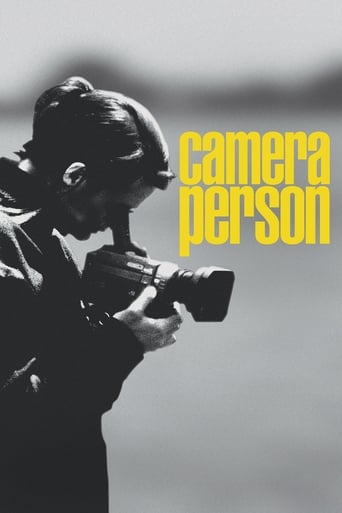
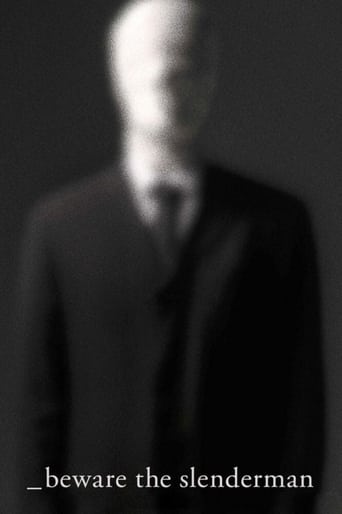
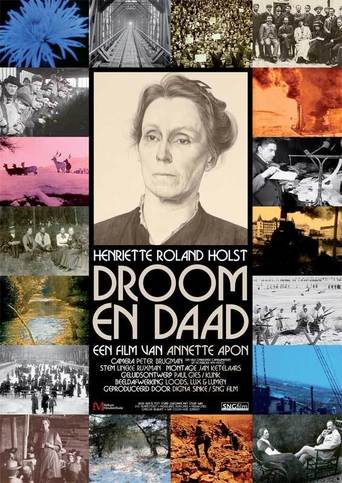
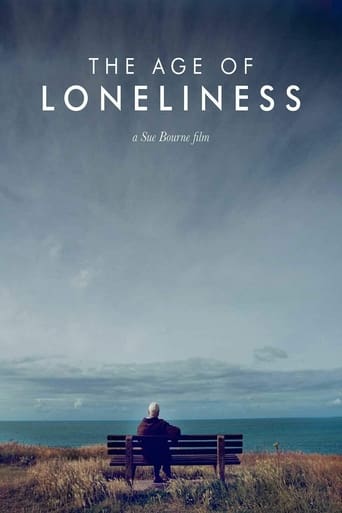
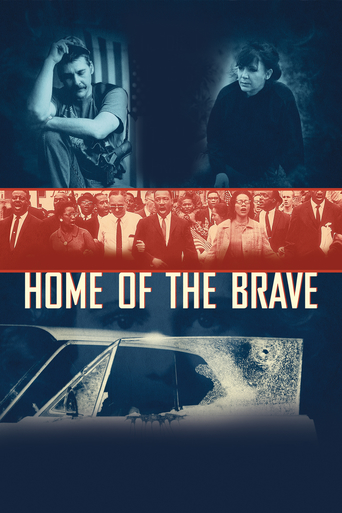

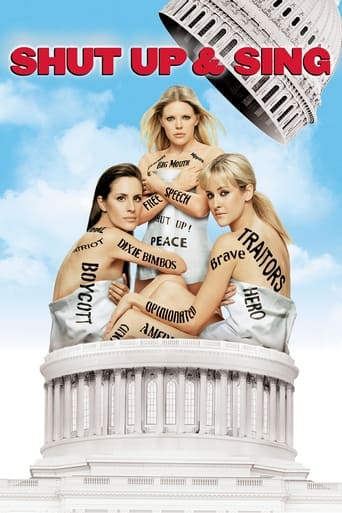
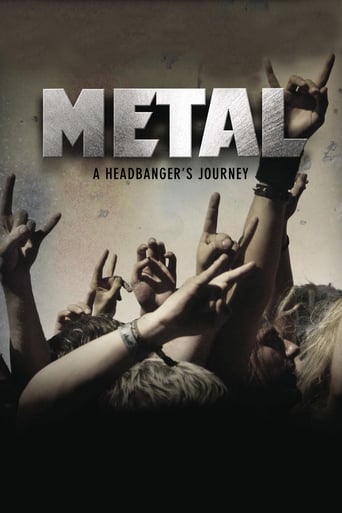
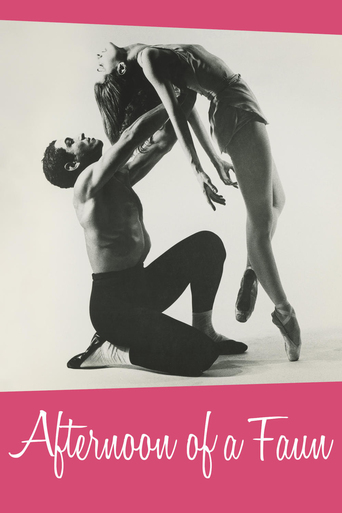

Reviews
Best movie of this year hands down!
It's fun, it's light, [but] it has a hard time when its tries to get heavy.
The film makes a home in your brain and the only cure is to see it again.
The film never slows down or bores, plunging from one harrowing sequence to the next.
Documentary director Jennifer Baichwal follows Edward Burtynsky as he photographs the industrial complex with an eye towards its vast otherworldly beauty. He films giant Chinese factories, the beautiful and deadly e-recycling, taking apart ships in Bangladesh, the Three Gorges Dam, the massive mounts of material that China accumulates, and various man-made environments.There is a real beauty with the pictures that he takes. The movie works best when it tells the story behind the pictures. The e-recycling bit is shocking. The ship recycling is awe-inspiring. The Chinese factories are fascinating because the infrastructure is so gigantic for things that are as simple as little grommets or making something as simple as a clothes iron. This is worthwhile to watch once but it does feel repetitive at times.
Edward Burtynsky is a Canadian photographer, especially famous for his depictions of industrial landscapes. His work has granted him cult-like devotion from his mostly local fans until this film was released last year. While his work isn't in the mainstream chic, it has gained a much larger following than it had previously. The film Manufactured Landscapes is a collection of Burtynsky's photos of the industrial countryside of China and other places.Edward's photos are renowned for the subliminal beauty they contain. Nevertheless, this beauty doesn't translate well to the motion-picture format. While the images are breathtaking, they are strewn together with little expository commentary. The images are supposed to relate to the descriptions Edward provides and they do most times. However, not all images are explained sufficiently. I wouldn't expect all the images to receive commentary, but descriptions near the bottom of the screen would have aided the film in effectively communicating as the book does (I feel able to include this statement given that Burtynsky has published a print version of the film).Baichwal employs a naturalistic approach to film-making. Her camera work is reminiscent of hand-held work of Cannibal Holocaust and The Blair Witch Project. The dialog, presumably between Burtynsky and his crew (or locals from his current location) is realistic and perhaps unscripted. The film has no plot, protagonists, nor created sets. So as you may imagine, it is able to progress forward in any direction it chooses. While this approach is unique, it isn't very effective. The pictures appear quickly and Burtynsky discusses them, then he moves to another location (usually in China) and interviews residents or presents new photographs. The audience is forced to rely on the images themselves to convey Baichwal's and Burtynsky's joined message. The images appear consecutively, and mimic the process of viewing them in a book, but without knowledge of their identity, which lessens their effect. I must also admit that Baichwal does provide a large collection of images of modern China, regardless of how overwhelming it may be. While I wish the film did not move to so many places in favor of many photographs of one place, this technique is inconsequential. Edward mentions that he wishes to portray China's new identity as an objective observer. It has no political stance. Manufactured Landscapes is a wonderful example of the necessary distinction between enthusiasm and skill. Edward Burtynsky's photographs are provocative and Baichwal appears to appreciate his photos but this material isn't able to translate into a ninety minute film. The material is not adapted properly into its new artistic format. The images are the focus, when the film format would encourage Burtynsky to discuss his work. The photographs are rightly given full attention in a print source. Perhaps the motion picture would have succeeded in this transition if Burtynsky had described his experiences with references to the images. Their stark appearance on screen is a microcosm of the film's unfortunate ineptitude. P.S. I was able to locate a copy of the Manufactured Landscapes picture book, and I give it my heartiest recommendation.
I had nowhere to go. I was on a flight to Vancouver. I would probably have missed this film if I hadn't chosen Air Canada. Watched on a small screen in the back of the seat in front, I found this captivating and mesmerising. I did drift in a couple of places and had to skip back but I had to watch to it's end. Now I'm looking forward to the DVD release in Europe though whether I'll be quite as transfixed when I can walk out the door, is yet to be discovered!The photographic composition is stunning and the film gives so much insight and 'fills out' the story the photographs tell.Recommended (if you have time on your hands).
This film follows Canadian photographer Edward Burtynsky to China where he documented the grim scale of Chinese industry and it's impact on the... landscape, obviously! Burtynsky's fascinating photos of industrial activity and waste have been exhibited widely, I saw the local exhibition at the Art Gallery of Ontario two years ago and came home with both the exhibition book of the same name and one of his framed 'quarry' prints. Now I've seen Jennifer Baichwal's film on the same topic. I think they've covered the media bases. Perhaps a role-playing game for PS3? So, thumbs up or down? Well, a thumb in each direction I think. The film gave visual context to Burtynsky's photos, which was helpful because sometimes you just can't believe that his images come from the real world. It also expanded them by capturing more of the human presence, which is often incidental in his photos. The film opened with a five minute tracking shot (shades of Robert Altman) along rows of bustling manual assembly lines. The scene showed both the monumental scale of China's industries and the massive and repetitive human activity that makes it possible. Watching a worker assemble a small electrical component at lightning speed and then later watching peasants tapping the metal off of computer chips for recycling reminded me that industry grinds down people as well as landscapes.There were some clever juxtapositions that highlighted the economic divide in China. The remark "this is an open kitchen", for example, started while we watched a peasant's medieval outdoor stove in use but concluded while we watched the speaker, a Shanghai Realtor, show off her open-concept luxury kitchen.The down side? Well, the film kind of dragged on (how many slow tracking shots can we sit through in a night?) and the sound track was excessively "industrial" and often grating.Still, Manufactured Landscapes is a mind-expanding film that illuminates and expands on Edward Burtynsky vision and trusts the viewer to interpret it.

